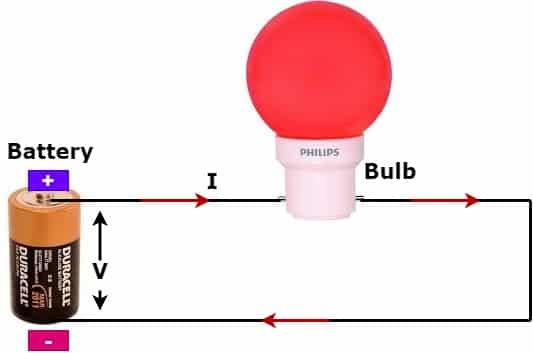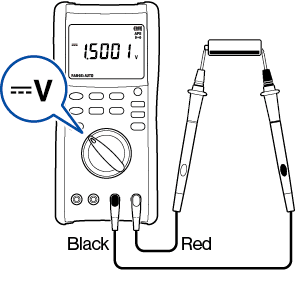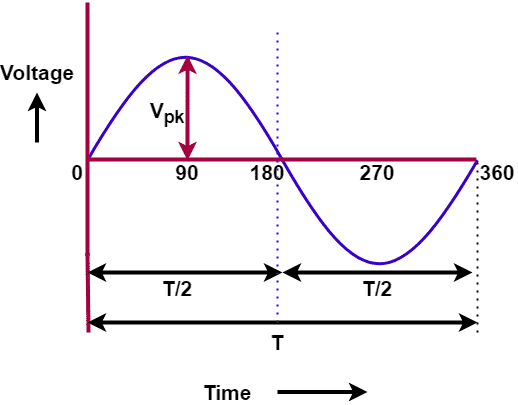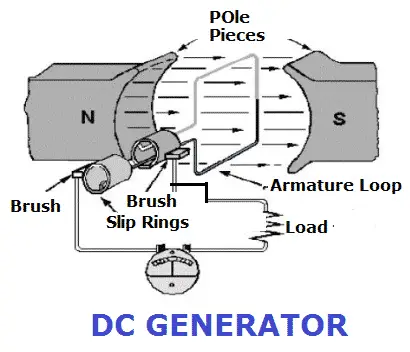Voltage is the pressure of the power source that exerts on an electrical circuit. And, the pressure pushes the charge electrons through a conducting loop. The movement of electrons sets up current in the electrical circuit. As a result, the work is done by the current in the presence of voltage.
The flow of electrons with an application of voltage is given in below circuit diagram.

- In this dc circuit, the switch is closed (turned ON).
- The voltage source starts pushing electrons causing current to flow in the circuit.
- The bulb glows when the current flows through it.
- Current returns to the power source.
The flow of the current(I) depends on the voltage(V) and circuit resistance(R). Ohm’s Law states the relationship between voltage, current, and resistance. According to Ohm’s Law ;
| I = V/R or I = E/R |
The voltage is also known as electromotive force (E). And, we use the symbol E or V interchangeably.
Unit of Voltage
The basic unit of voltage is the volt, named after the Italian scientist, Alessandro Volta.
How to measure voltage?
The voltage in the circuit is the key parameter for troubleshooting of the electrical and electronics circuit. There are numerous ways by which we can measure the voltage. We can use either analog or digital multimeters.
To measure voltage with a multimeter,
- Connect positive and negative test leads and select a voltage measurement range. If measuring with an Analog meter, we should select the highest measuring range.
- Decrease the range of meter if the meter does not respond. Keep decreasing the range till voltage comes in the measuring range.

Types of Voltage
There are two types of voltage.
- Alternating Current(ac) voltage
- Direct Current (dc) voltage
Alternating Current(ac)
Alternating current voltage (represented on a digital multimeter by  ). The waveform of AC voltage is given below.
). The waveform of AC voltage is given below.

- Alternating Current(ac) voltage reverses direction after regular intervals.
- The generator driven by the turbine generates AC voltage.
- AC voltage is used for domestic and industrial applications.
- Primary voltage supplies may be different for nations. The United States uses 120 Volt.
- AC voltage can be converted into DC through the rectification process.
Direct Current(dc)
- Direct current voltage (represented on a digital multimeter by
 and
and  ):
):- DC Current is unidirectional, and it flows in one direction only.
- The battery converts chemical energy into electrical energy. The voltage of the battery is DC.
- Sources of dc voltage have polarity. It has positive and negative terminals. The equipment driven by DC voltage should be connected to the correct polarity of the DC source.
- Commonly used in battery-powered portable equipment (autos, flashlights, cameras) and DC motor.( For large rating motor, AC is converted into DC for DC motor operation)

- Generators convert rotating motion into electricity. Flowing water (hydroelectric power) or steam from water heated by gas, oil, coal or nuclear power is used to produce rotary motion.
Read Next :